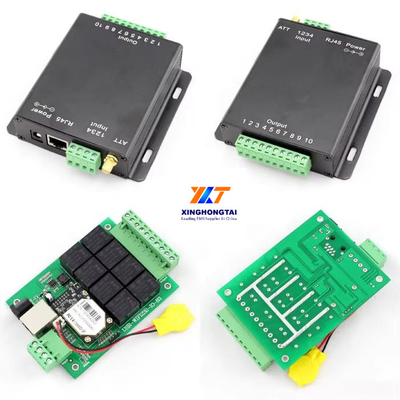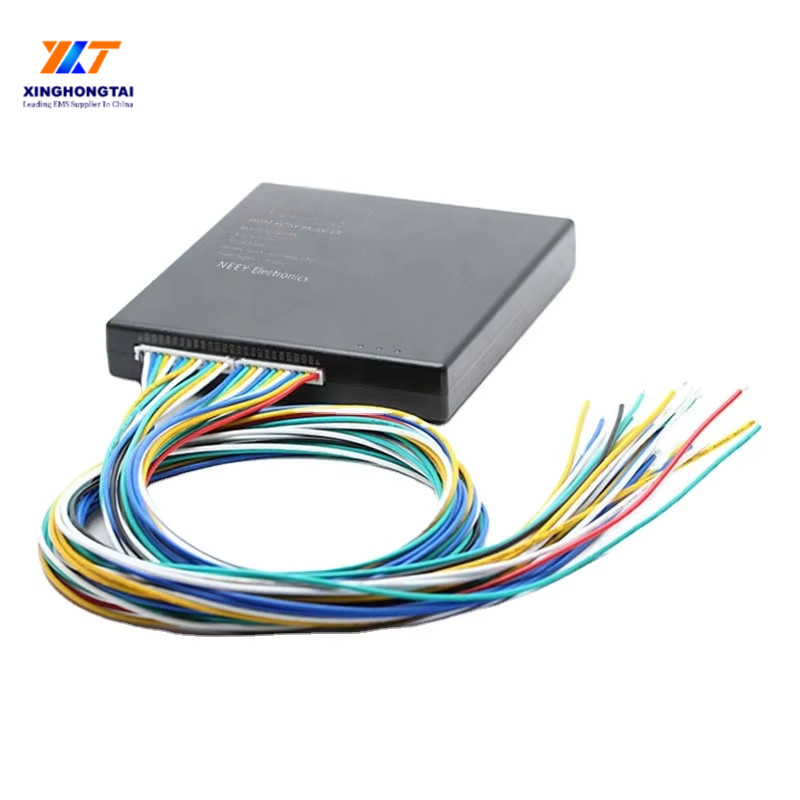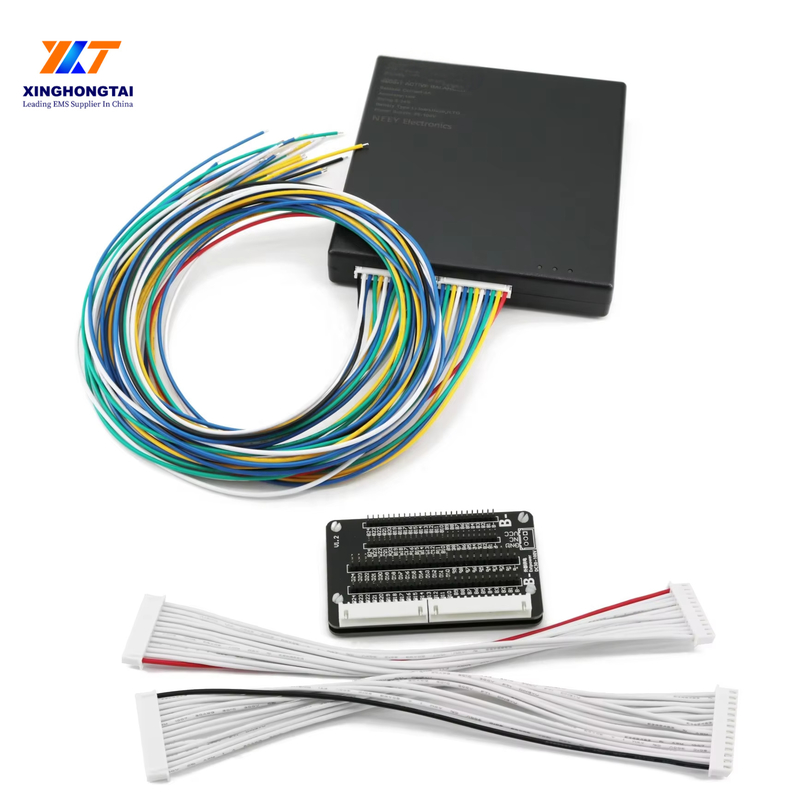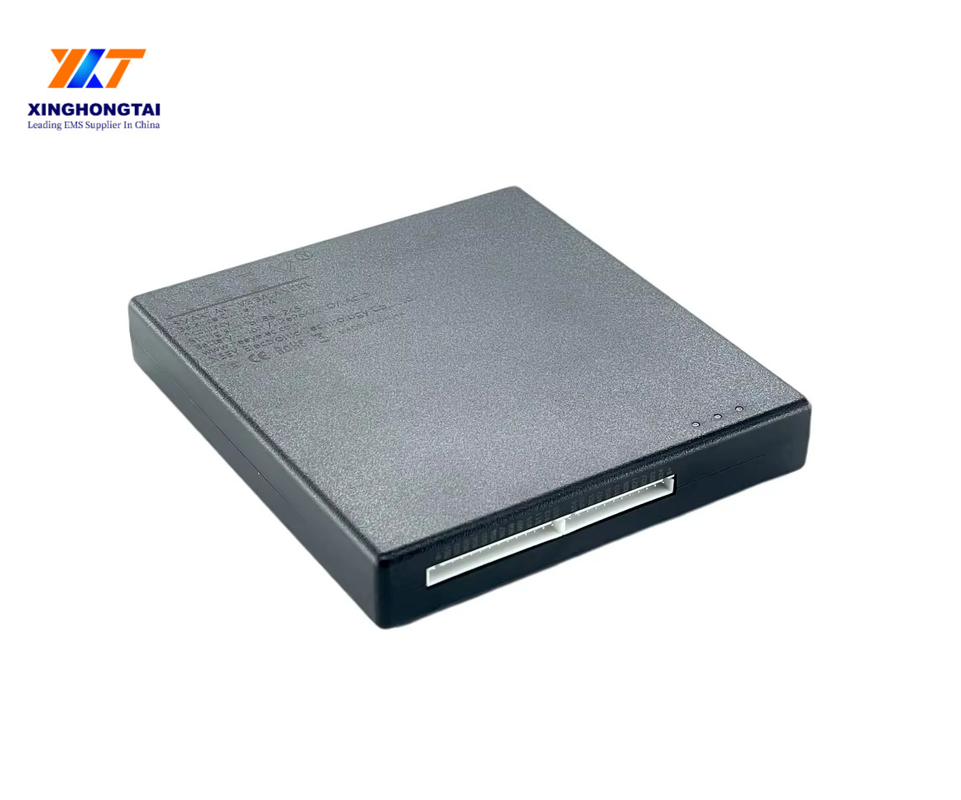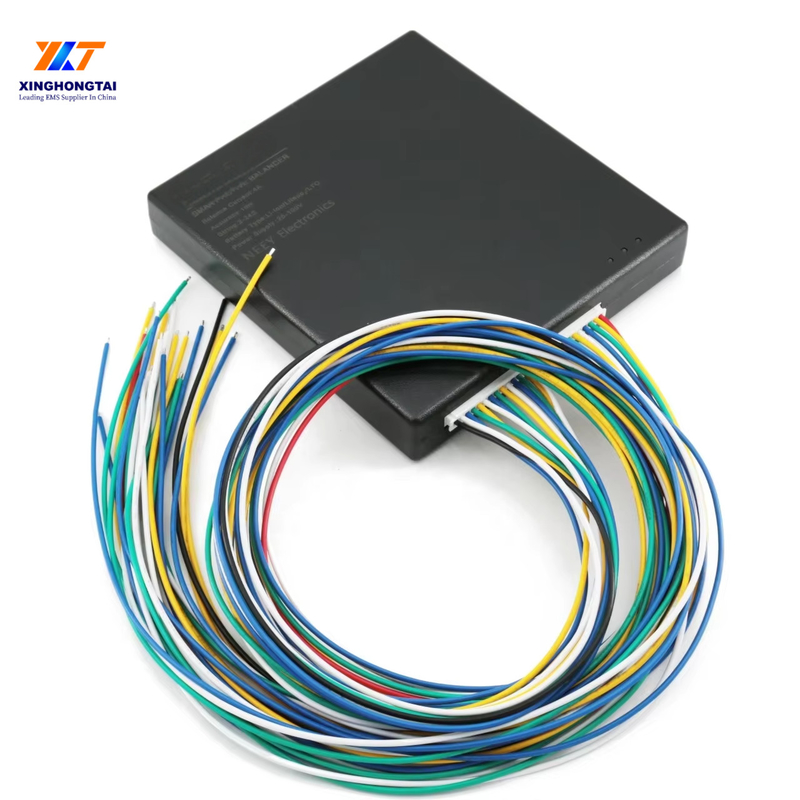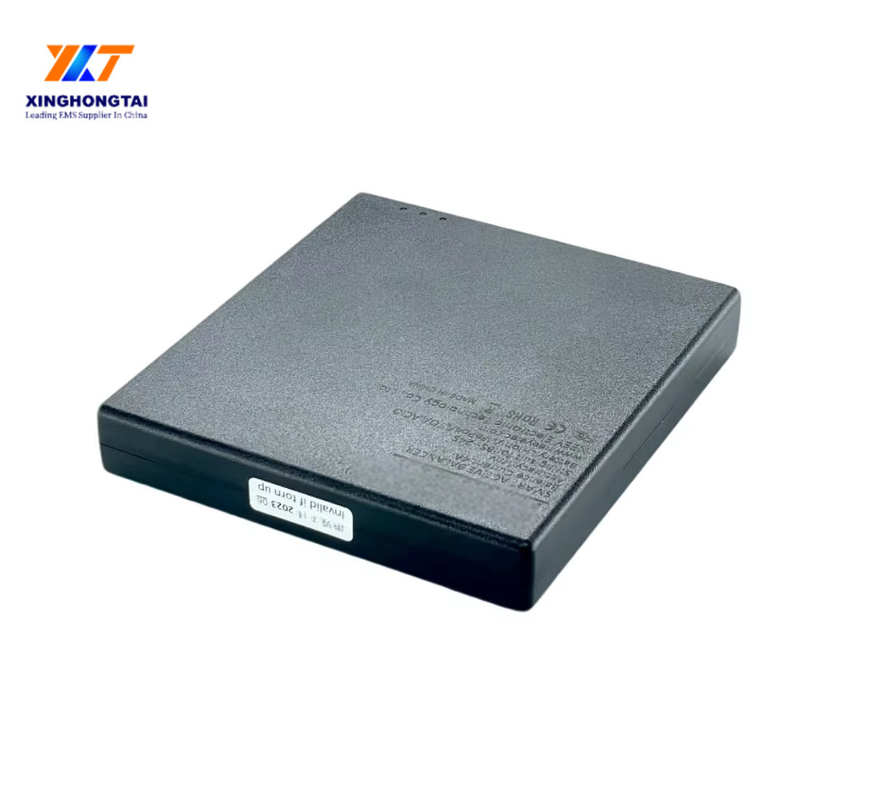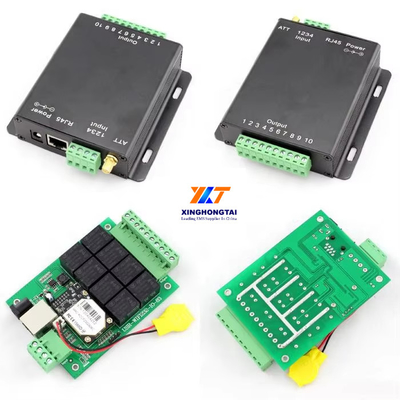
Advanced BMS for Lithium-Titanate Battery Applications Multi-Layer PCB for BMS Integration in Solar Inverters
-
Place of OriginChina
-
Brand NameXHT
-
CertificationCE, RoHs, UL, UKCA, SAA, REACH, FCC
-
Model NumberXHT20250609-2
-
Minimum Order Quantity1
-
Price10-50 dollars
-
Packaging Detailsgreen energy brown packing, Eco friendly packing
-
Delivery Time5-8 working day
-
Payment TermsT/T
-
Supply Ability50000
Advanced BMS for Lithium-Titanate Battery Applications Multi-Layer PCB for BMS Integration in Solar Inverters
PCB Designing is an artwork, to be honest. An important component of any system that makes it possible to run any kind of machinery is what PCBs are all about. The construction of the circuit is where the hard work lies, and to make it efficient, one needs to have a thorough understanding of microprocessors and micro-controllers..
PCB is an electronic circuit that is made of materials that cannot conduct electricity, but the copper tracks that one sees on the boards are electronically charged and conduct electricity among the components interchangeably. Automotive, wireless devices,
user-interface gadgets, and for machine-to-machine communication etc., are examples that cannot run with a PCB
Understanding the Impact of the Tombstone Effect Across Industries
The tombstone effect, a soldering defect causing components to lift off one end, can lead to significant challenges across various industries:
1️⃣ Consumer Electronics: Decreases product reliability, raises rework costs, and damages brand reputation.
2️⃣ Automotive Electronics: Poses safety risks and compromises system stability, increasing the likelihood of quality inspection failures.
3️⃣ Industrial Control & IoT: Disrupts equipment operation, causes signal transmission issues, and results in higher maintenance costs.
4️⃣ Medical Electronics: Undermines device reliability, delays critical diagnoses or treatments, and incurs substantial economic and legal risks.
5️⃣ Aerospace & Defense: In extreme environments, it can cause mission-critical failures, leading to severe safety and financial consequences.
Key Takeaways
The tombstone effect compromises product reliability, raises production and maintenance costs, and may jeopardize user safety and industry reputation.
Solutions
Adopting optimized designs (e.g., NSMD structures), improving soldering processes, balancing heat distribution, and enhancing inspection protocols are essential to mitigate this issue.
Battery Safety Starts with One Thing: Cell + BMS Compatibility
In C&I (commercial and industrial) energy storage systems, the most critical safety factor is often underestimated:
Cell and BMS matching.
Even with high-end BMS units and top-tier cells, system failures still happen—why?
Because incompatibility in electrical and chemical characteristics can lead to thermal runaway, inaccurate SoC/SoH readings, or premature degradation.
Each type of cell behaves differently in terms of:
a. Internal resistance
b. Self-discharge rate
c. Temperature response
d. Aging pattern
A universal BMS may not be able to track or manage these variables accurately without careful tuning and validation.
In our experience, the number one root cause of safety issues in energy storage projects is poor BMS-cell matching, especially in large-scale or high-power applications.
Have you encountered such problems in your projects?
What’s your approach to verifying cell-BMS compatibility before deployment?
Would love to exchange insights on testing methods, long-term validation strategies, or lessons learned.
Home Appliance BMS PCBA Specification Table
| Attribute | Details |
|---|---|
| Model Number | NA |
| Type | Home Appliance PCBA |
| Place of Origin | Punjab, India |
| Brand Name | NA / OEM |
| Product Name | PCBA Board Assembly |
| Application | Home Automation / Electronic Devices |
| Functional Application | Artificial Intelligence / Machine Learning |
| PCBA Service | One-stop Turnkey PCBA Service |
| Supplier Type | OEM / ODM / Customization Available |
| Base Material | Aluminum / FR4 / Ceramic / CEM1 |
| Material Type | Ceramic-based |
| Layer Count | 1–58 Layers |
| Board Thickness | 0.2mm–7.0mm |
| Copper Thickness | 2 oz |
| Min. Hole Size | 0.20mm |
| Surface Finishing | HASL (Hot Air Solder Leveling) |
| Solder Mask Color | Green / White / Black / Blue / Red |
| Silkscreen Color | Black / White / Yellow / Red / Blue |
| Profile Process | Beveling |
| RAM / OS | Customizable |
| Usage | OEM Electronics / Smart Devices |
| Keywords | PCBA OEM, PCB Assembly, Turnkey PCBA |
| Testing Service | AOI, X-Ray, Functional Test |
| Certificate | ISO9001 |
| MOQ | 1 PCS |
![]()
![]()
